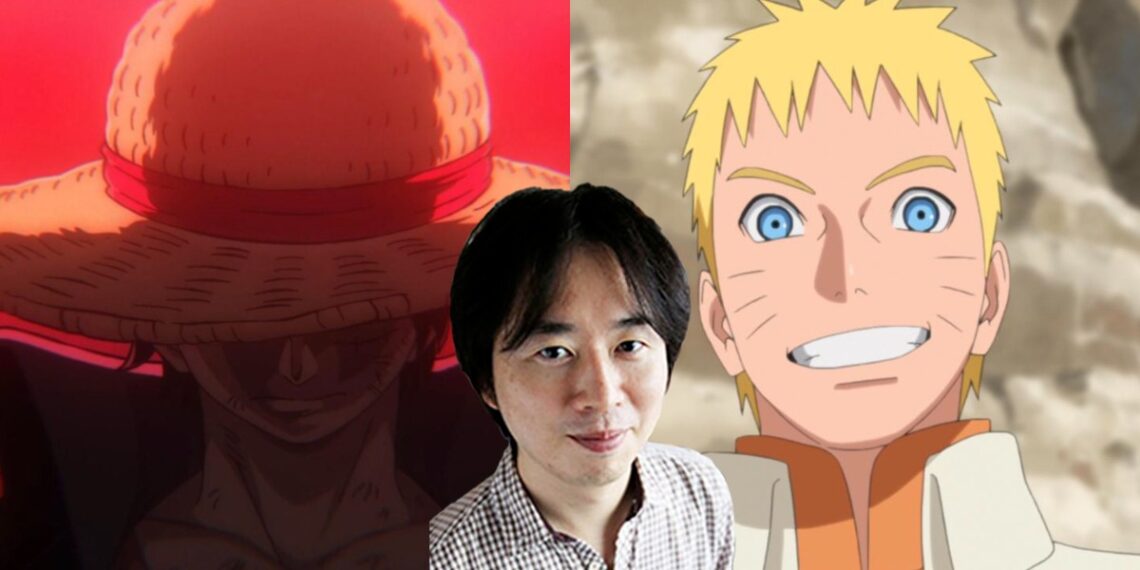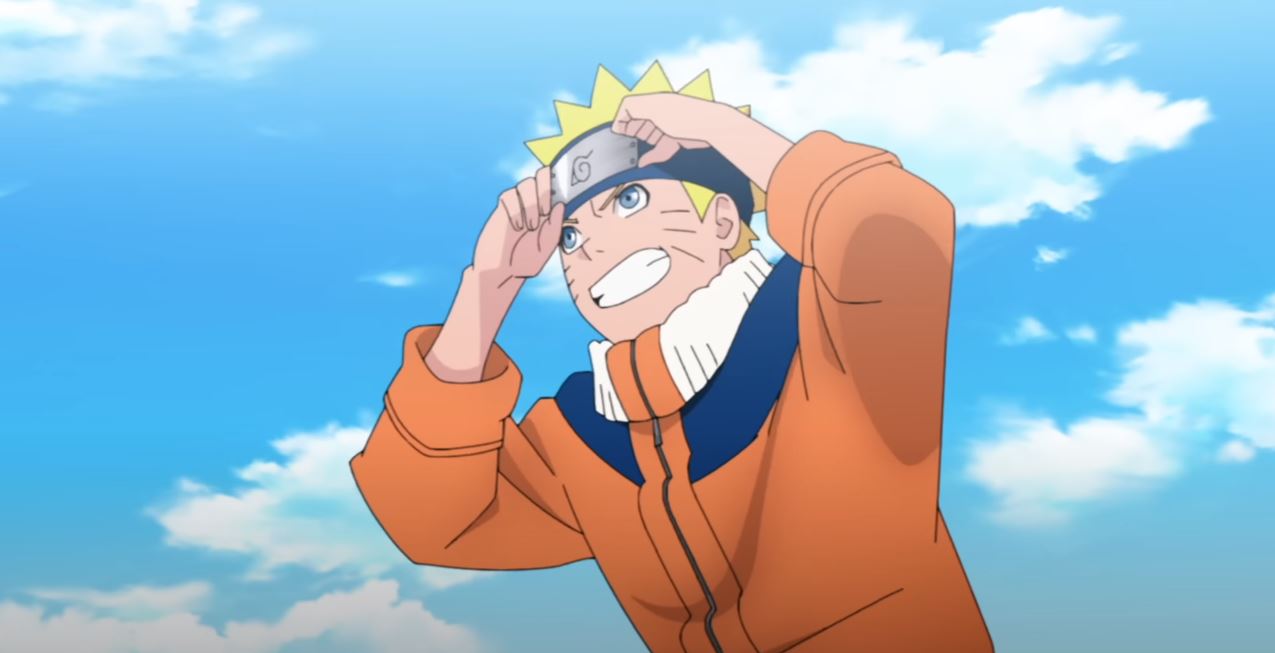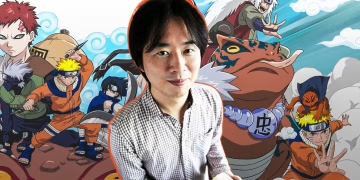Masashi Kishimoto, famed creator of Naruto, ranks among the most commercially successful manga artists in history. During his series’ height, the iconic “Big Three” shonen trifecta dominated Weekly Shonen Jump – his own Naruto, Eiichiro Oda’s blockbuster One Piece, and Tite Kubo’s Bleach.
Of the trio, Kubo’s Bleach lagged in popularity, unable to match the sheer scale of enthusiasm for the mischievous ninja or swashbuckling pirate tales.
In various interviews, Kishimoto reflected on distinctions between his approach versus Oda’s which illuminate divergent creative choices.
Though respectful colleagues, their works differ significantly regarding narrative scale and planning. One Piece boasts an intricate, interconnected world with foreshadowing arcs ahead.
By contrast, Naruto started slowly before expanding into a sprawling, volatile saga reacting to readership demands. Their shared success springs from understanding target demographics, but distinctive creative visions.
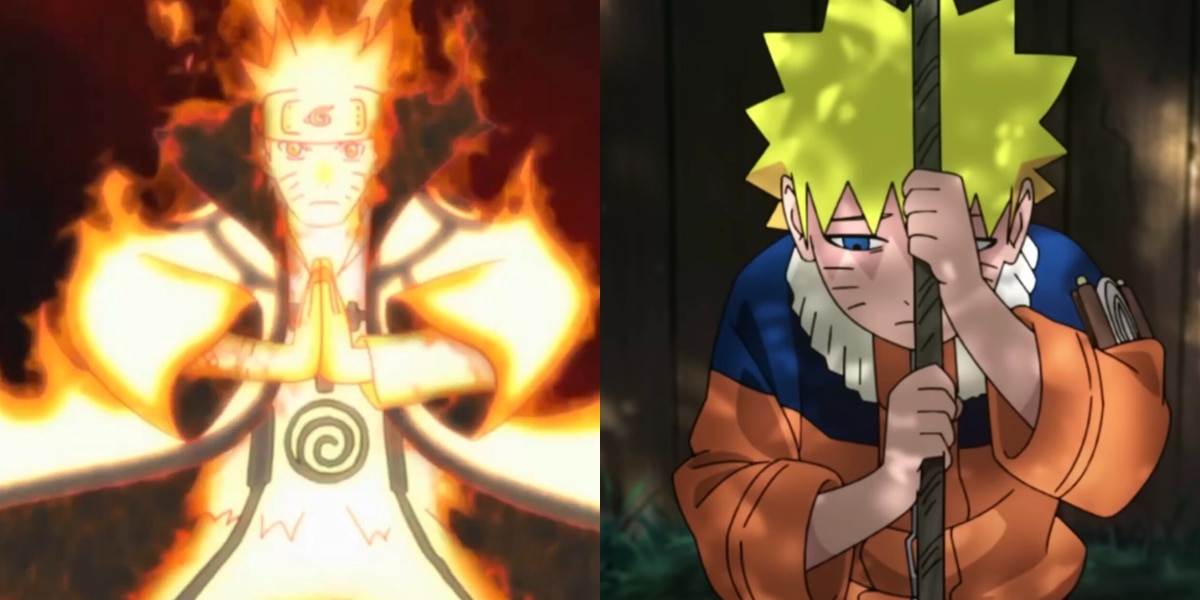
Looking back, Kishimoto credits Oda’s meticulous style with embracing his own looser, more reactive methods.
Imagination flows in myriad ways, and often contrast breeds intrigue. As pioneers of the shonen genre, both authors shaped generations through their stories, building legacies side by side.
Though wildly different in execution, their commitment to engaging youth endures as a common thread between pseudo-rivals collectively adored worldwide.
Naruto’s Journey: A Tale of Hope, Grit, and Unconditional Bonds
Few tales in manga history boast the expansive worldbuilding and emotional resonance of Naruto. The epic depicts young Naruto Uzumaki, an orphan ninja ridiculed yet determined to gain acknowledgment and respect.
Though initially lonely and isolated due to obscure reasons, the orange-clad prankster quickly draws attention through loud antics while internally longing for bonds.
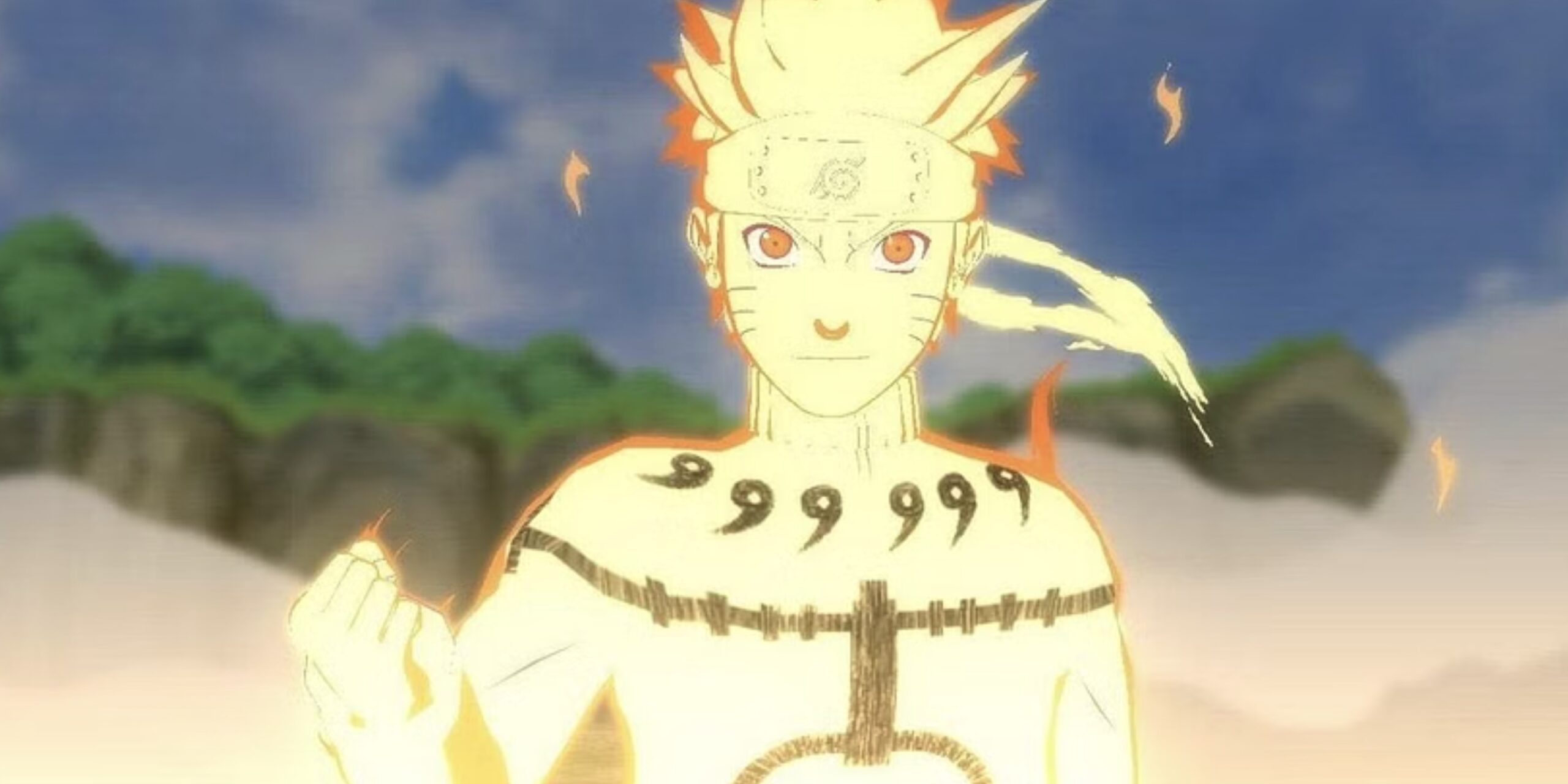
Despite hardships, plucky optimism fuels Naruto’s dreams – to become Hokage, the strongest and most revered protector of his village.
It symbolizes surpassing not only those who ostracized him but also the storied leaders before who set the gold standard of greatness.
Naruto sees unbridled potential within himself, the chance to rise high through tenacity, understand others through his pain and defend those who become like family.
As the quest unfolds across lands rife with friend and foe ninjas possessing uncanny skills, Naruto evolves from both victories and falls.
At its core, beyond spellbinding adventures lies a deep exploration of acceptance – how even the loneliest can find inner strength, create unconditional ties, and touch hearts once closed.
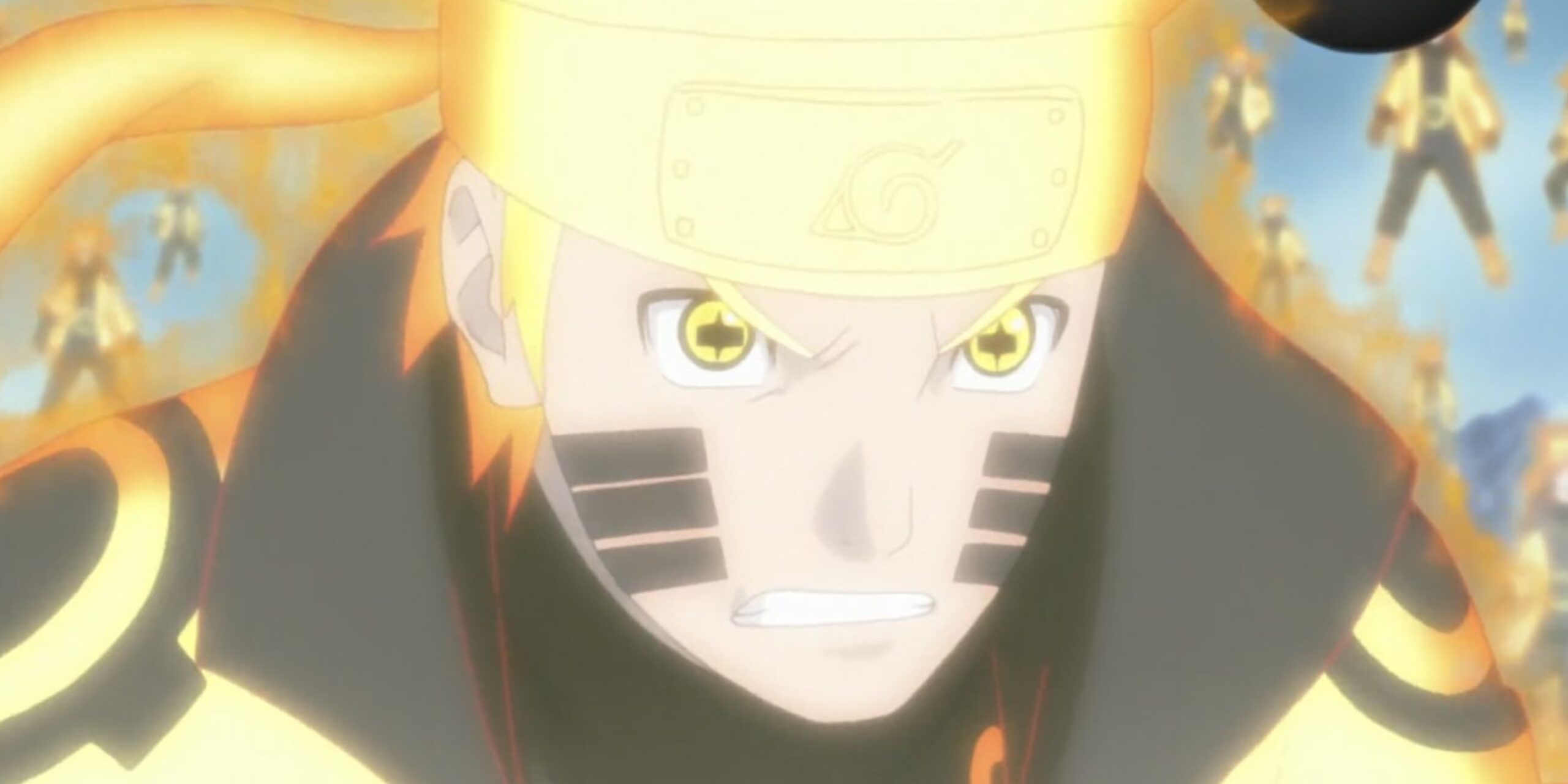
That message of hope and empathy resonates profoundly worldwide, cementing Naruto’s place among the great manga epics.
Naruto’s Uphill Battle
Naruto’s early ninja career seems an uphill battle, lacking innate gifts that classmates wield with ease.
Possessing neither a prestigious bloodline nor a prodigious work ethic, the lonely juvenile languishes academically through indifference and scorn from village peers.
Yet what Naruto lacks in talent, he compensates through boundless grit and audacity.
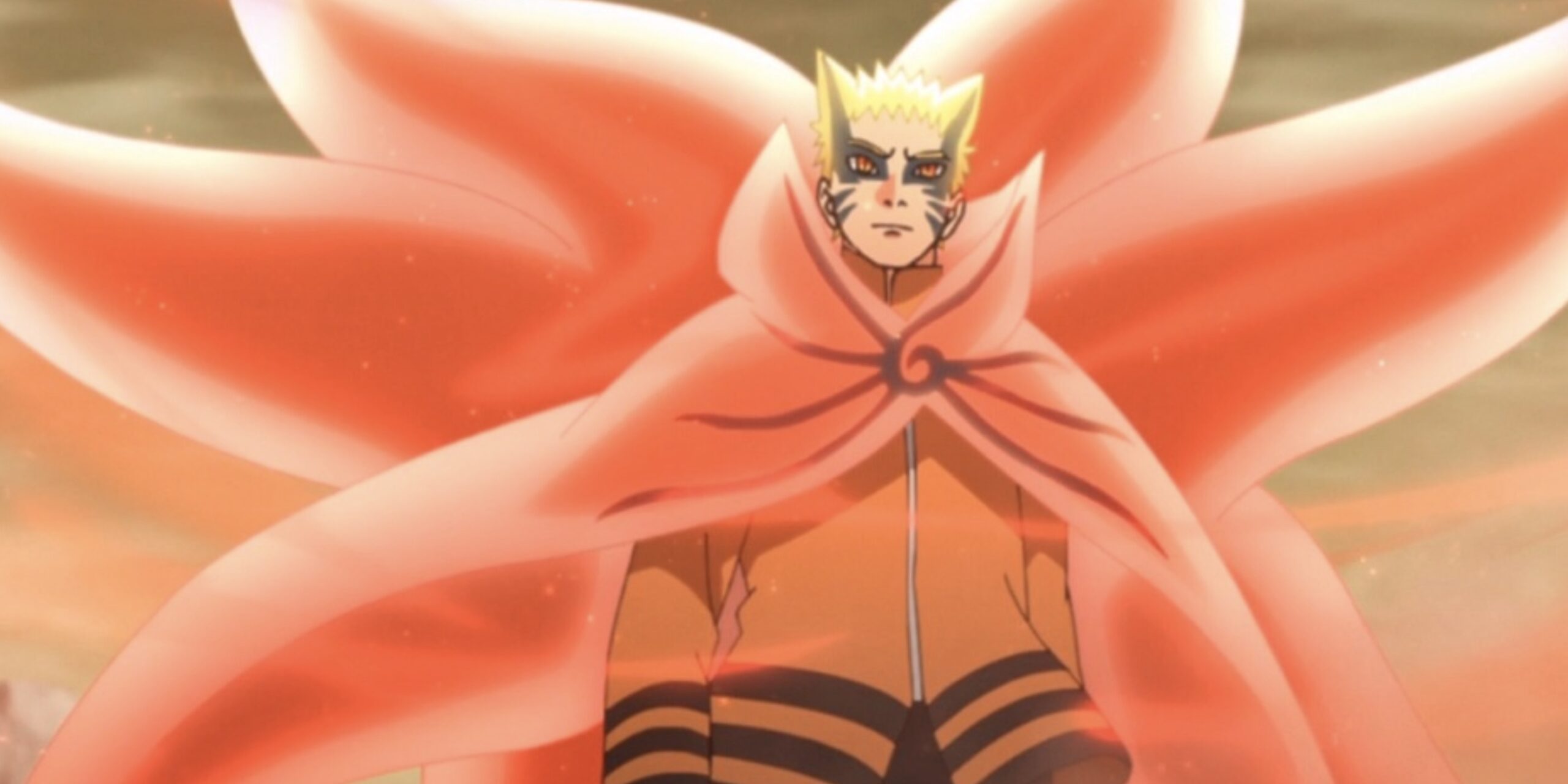
Slowly, the determined outsider claws upwards in skill, harnessing sheer willpower where aptitude lacks.
As hard-won victories accumulate alongside understanding precious bonds, Naruto transforms from downtrodden failure to tenacious defender, earning in time the acknowledgment and respect so long denied.
In a shinobi world where peers inherit game-changing abilities, this nobody alternatively banks on blood, sweat, and tears to realize his once-impossible Hokage aspirations.
It’s a long road of setbacks and triumphs centered on one rejected youth’s quest for self-worth and community.
But through perseverance and faith in his latent potential, Naruto ultimately rescues the very village that scorned his existence.

By fighting for all, friend or foe, the orphan deemed worthless upends assumptions to reveal the hero within.
It’s a timeless underdog story that continues inspiring outcasts worldwide – no matter the odds, there lies dormant in everyone both the strength to endure and the capacity to change hearts.
Inspiring Outcasts Worldwide
At the core of the Naruto series is a profoundly kind-hearted protagonist. Naruto Uzumaki possesses an uncanny empathy and ability to connect with those suffering, including former enemies. T
his allows him to reach out with compassion even when others might not.
Yet Naruto is not perfect, and the manga itself contains some flaws. However, it is the incredibly rich characterization and emotional depth that makes the story deeply impactful.
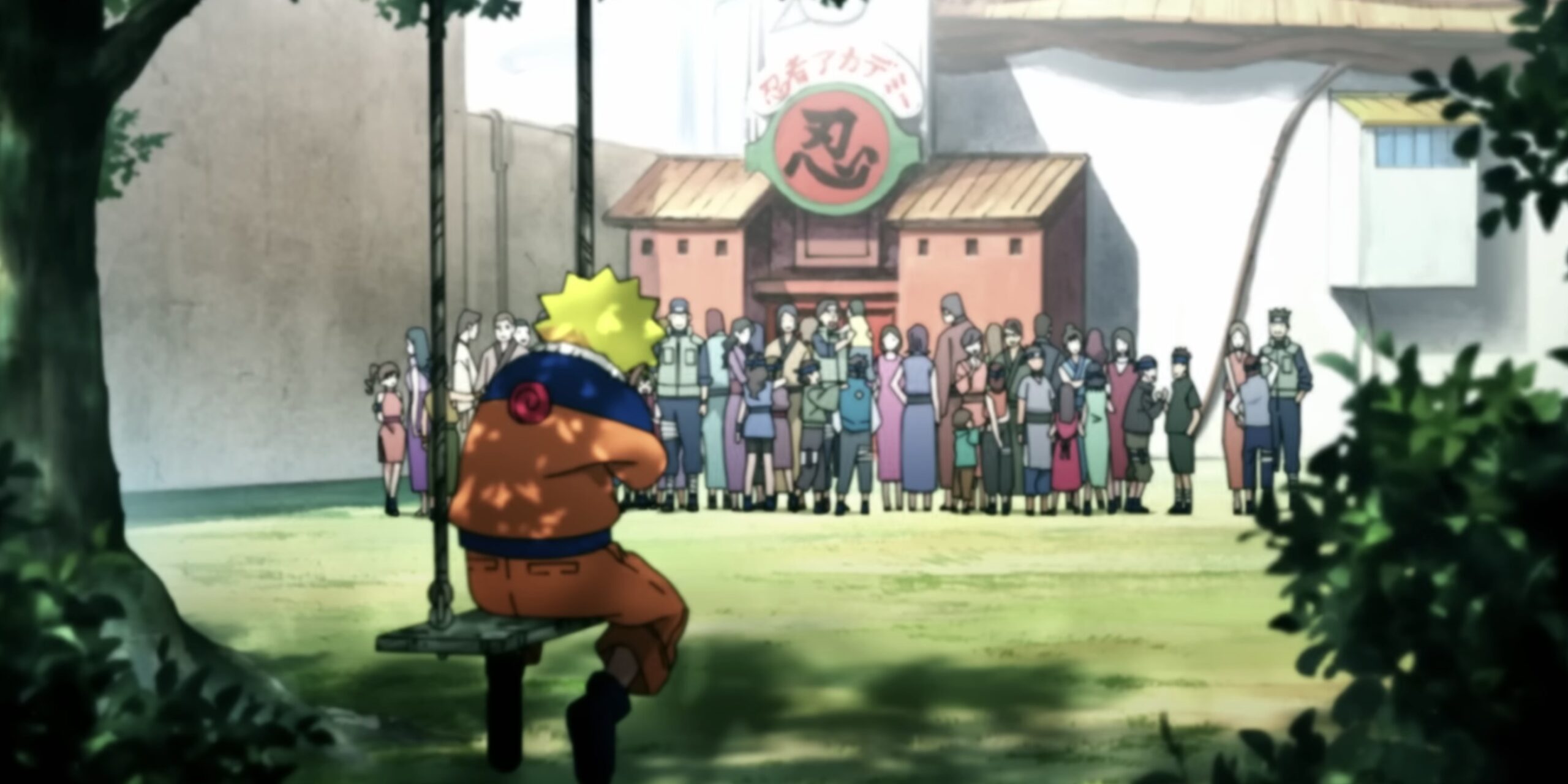
Few works in the genre can match Naruto’s ability to inspire, move, and connect with millions of devoted fans.
Ultimately, the series stands as Kishimoto’s creative masterpiece—one that birthed an entire fascinating ninja world and left a lasting mark on manga culture.
Its influence continues through spin-offs and the next generation of writers/artists moved by Naruto’s themes of hope, redemption, and the heroic strength of the human spirit.
Eiichiro Oda’s Timeless Odyssey and the Unrivaled Legacy of Monkey D. Luffy
Even during Naruto’s heights of popularity, One Piece stood as the dominant manga force. Over a decade later, Eiichiro Oda’s epic tale of high-seas adventure still captivates audiences. Many consider his expansive world-building and imaginative storytelling to be unmatched – hailing Oda as possibly the greatest fiction writer today.
At the heart of One Piece’s longevity resides its magnetic protagonist Monkey D. Luffy. His carefree spirit and unwavering drive to become Pirate King radiates off the page.
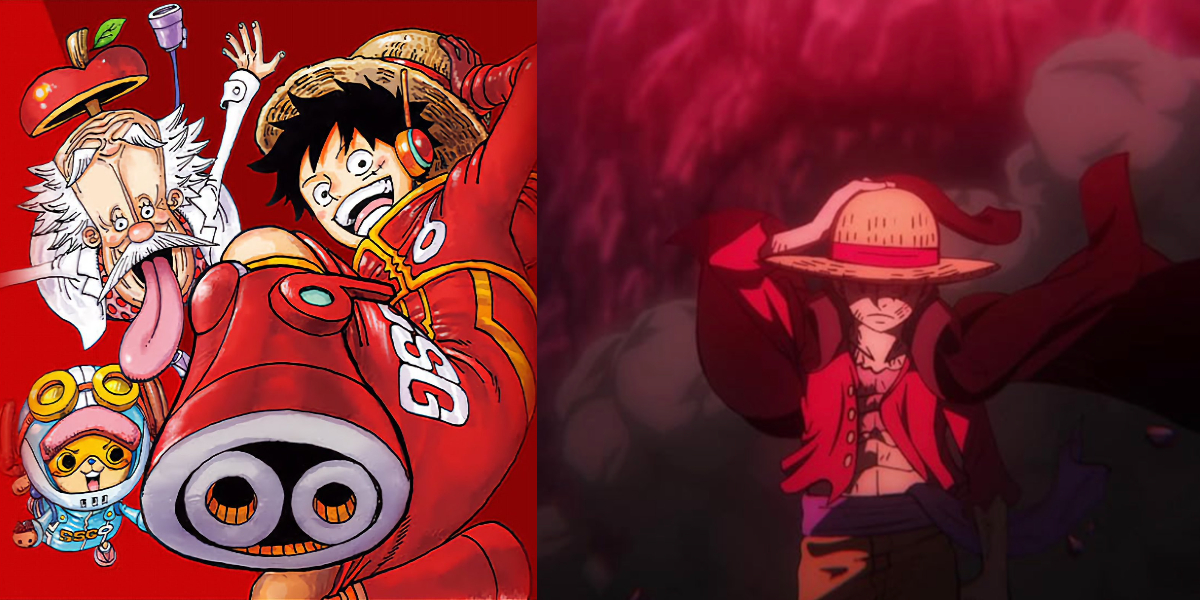
We relish joining Luffy’s rollicking journeys across the perilous but promise-filled landscape of the Great Pirate Era.
Alongside his motley crew of fighters and misfits, he pushes ever closer toward destiny whilst stirring the imagination about what could lie just beyond the horizon or in the next port.
Whilst Naruto rightfully deserves acclaim, Oda’s masterwork has captured the hearts of legions more fans worldwide.
Its enduring popularity pays testament to the genius of his vision – one that continues unfolding week after week even today through new dangers, laughs, friends and territories still left to explore.
Surely no true manga fan’s journey feels complete without riding aboard the Thousand Sunny for themselves!
The Symbolic Beginning of Luffy
Monkey D. Luffy’s quest to become King of the Pirates begins with an act of selfless courage from his childhood idol, “Red-Haired” Shanks.
This powerful pirate captain sacrifices his arm to save young Luffy from a sea monster.
Before setting sail, Shanks seeing Luffy’s spirit of adventure bestows the iconic straw hat upon him – making Luffy promise to one day surpass even Shanks’ feats once he becomes a great pirate.
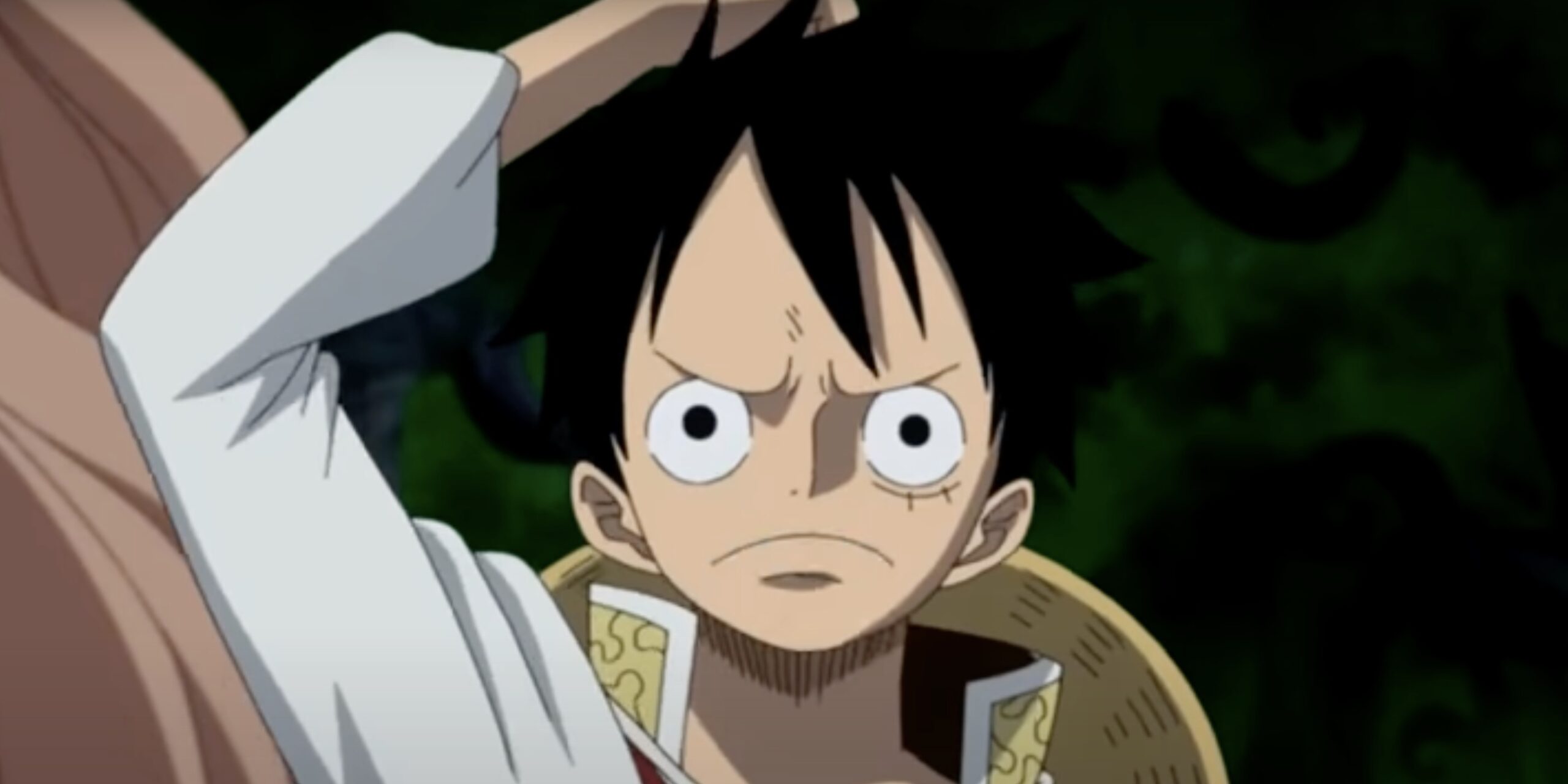
This sets the stage for Luffy’s journey where imagination becomes reality and fantasy seamlessly merges with high-octane action.
Much of the credit lies with Eiichiro Oda’s boundless creativity in constructing the landscape of One Piece filled with wondrous sights unseen anywhere else.
The further Luffy ventures out to sea towards the conquest of treacherous Paradise and New World territories, the more Oda introduces ideas blending the thrilling with the absurd.
Tales tell of an ocean where literally anything is possible – creatures large and small defying logic, islands in the sky ruled by tyrannical lighting gods, and seafaring warriors imbued with superhuman gifts to aid Luffy’s adventures.
At the heart remains Shanks’ straw hat and promise spurring Luffy towards unbelievable dangers and delights while unlocking gifts and befriending allies perfectly suited to realize the ultimate dream.
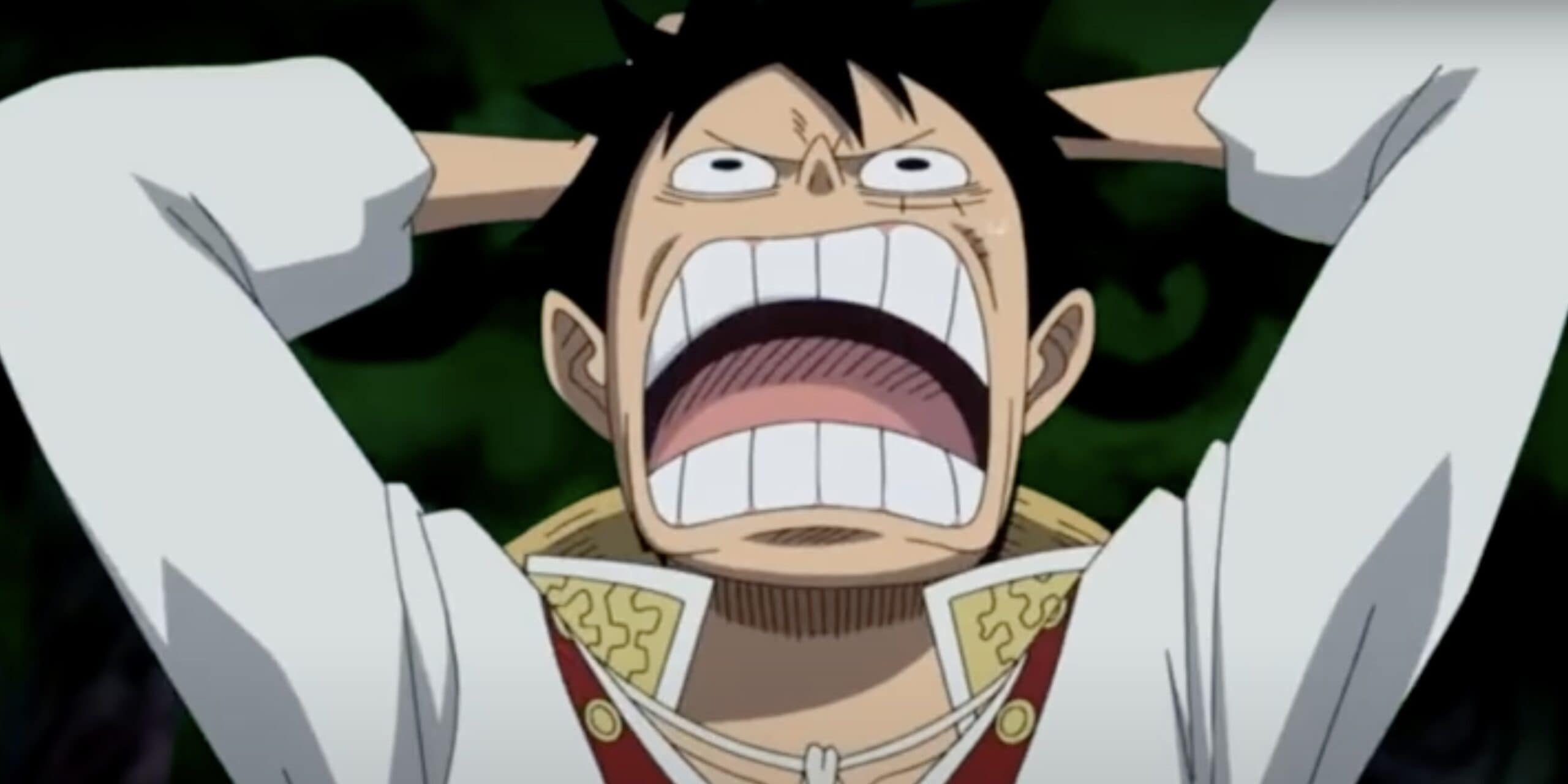
With Oda holding nothing back, fans share the anticipation of what fantastical vision he may conjure up next upon the Grand Line’s mysterious, boundless horizon as Luffy aims to come full circle back to Shanks one day as the King of All Pirates.
The Grand Tapestry of One Piece
At the foundation of One Piece’s masterful storytelling lies worldbuilding of unmatched imagination and consistency.
Eiichiro Oda actualizes a boundless world steadily unveiled across decades of manga chapters. He populates his meticulously crafted landscape with people groups and societies featuring unique cultures, motives, conflicts, and histories intertwining towards an epic Grand Tapestry.
Equally vibrant are the larger-than-life friends and foes Luffy encounters. We revel in their quirks and fighting prowess no less than the awe-inspiring territories themselves.

Legendary arch-villains impose menace and mayhem upon local inhabitants across superb story arcs centered in settings as diverse as desert kingdoms, pre-historic jungles, and even floating countries amongst the clouds.
Yet cleverly seeded throughout the non-stop action and humor are clues foreshadowing events hundreds of chapters ahead without ever compromising thrills in the current moment.
All come to life through Oda’s masterclass in sequential art – panels flowing with cinematic pace alongside stylized illustrations captivating young and old alike.
Little wonder few question One Piece’s credence as the greatest manga achievement when no fictional realm compares in sheer breadth, variety, and unbridled creativity.
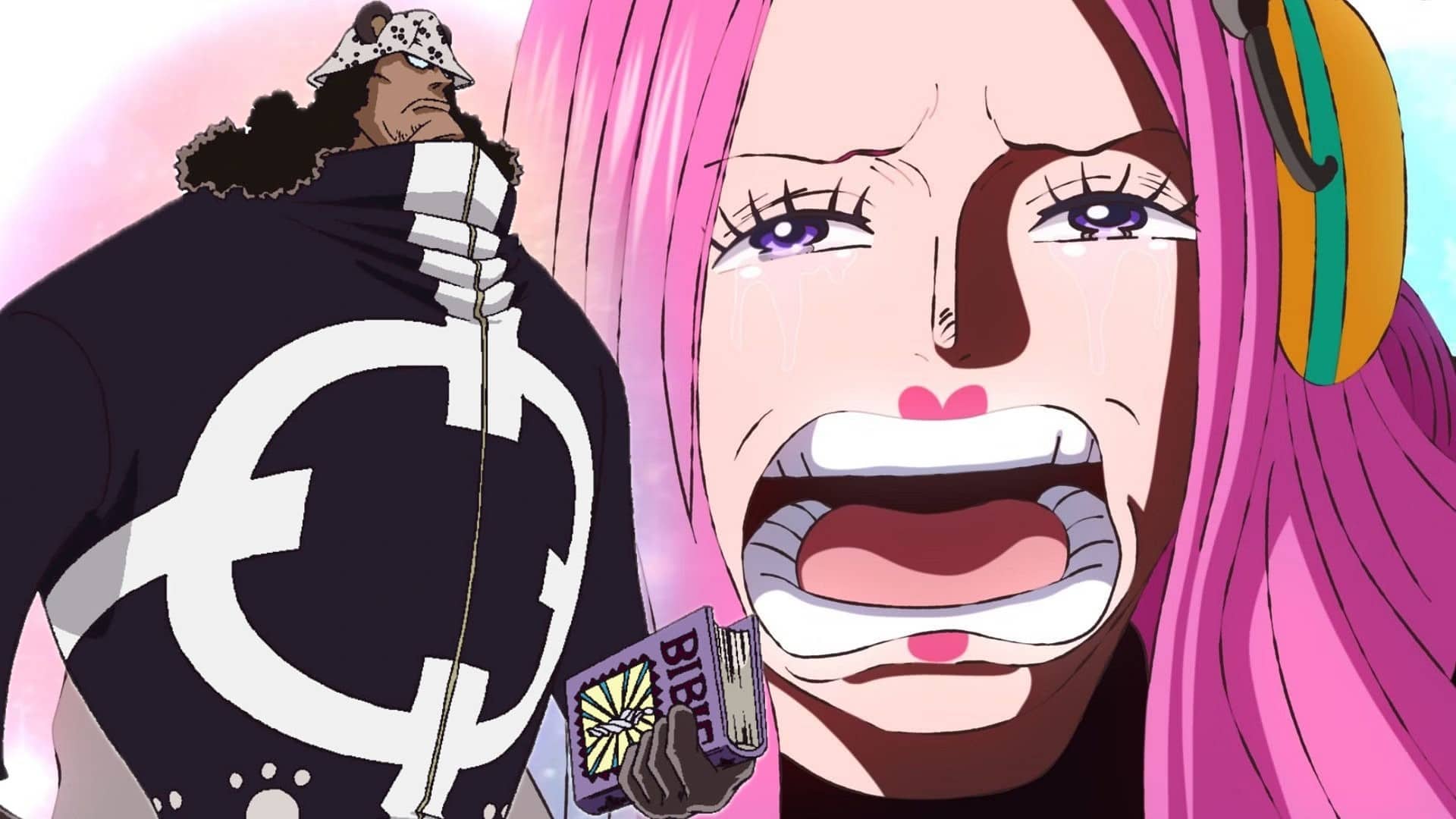
Like Luffy, countless fans hunger to discover what astonishing revelations await on the next island stop whilst reflecting on real-world parallels uncovered looking back.
Thus for over 20 years, the journey continues sailing blissfully onwards.
How Oda’s One Piece Is Different From Naruto, According To Kishimoto
Eiichiro Oda and Masashi Kishimoto charted divergent storytelling courses for their iconic manga epics as evident from the outset. Kishimoto himself acknowledged the stark differences when interviewed in 2013, citing One Piece’s lighthearted spirit compared to Naruto’s eventually heavier tone.
Upon witnessing Oda crafting a boundless high-seas adventure brimming with optimism, Kishimoto felt compelled to steer Naruto toward grittier shinobi conflict.
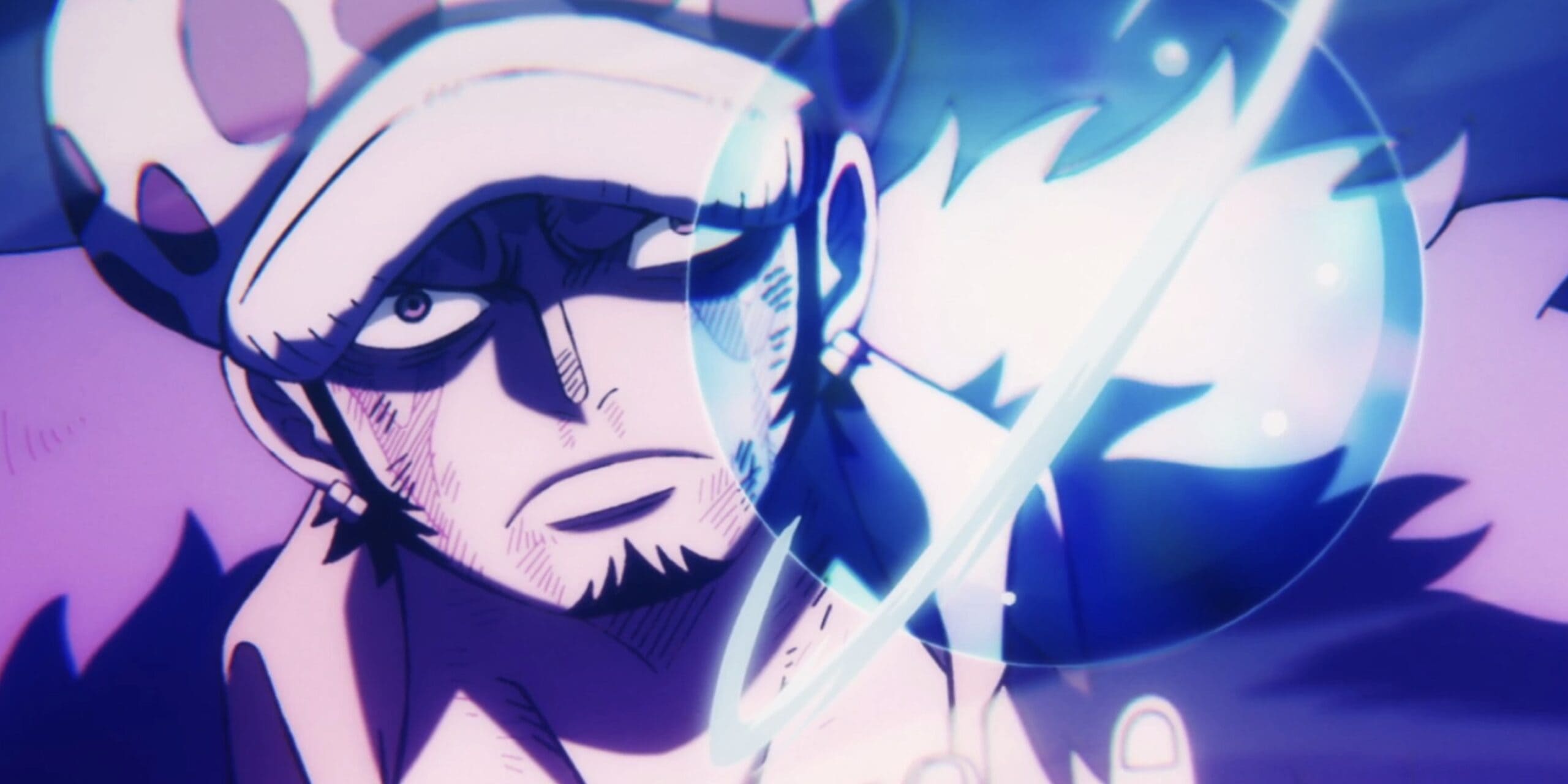
He recounted aiming to infuse deeper emotional weight through character deaths versus Oda’s avoidance of fatalities altogether. The reason – Oda prefers preserving his eccentric cast to join raucous celebrations when later arcs conclude.
This creative fork highlights their opposing philosophies: Oda retains levity and treasured bonds between crewmates chasing ambitious dreams together; Kishimoto highlights sacrifice and tragic loss while enduring an often cruel, unforgiving ninja world.
The former basks in colorful spectacle leading up to grand climatic parties; the latter wages bloody generational war leading towards sober reflection.
Yet both redefined manga traditions in their own way – Oda unshackling imagination where nothing is impossible on the Grand Line; Kishimoto grounding fantastical ninja combat with psychological complexity and philosophical pondering.
Their enduring resonance speaks to uniquely tapping the dramatic wellsprings within dynamic, engaging fiction…albeit from very different entry points as intended from the start by two creative visionaries at the height of their powers.
Divergent Paths of Luffy and Naruto
According to his 2013 interview, Kishimoto consciously avoided mirroring One Piece’s style and tone to stand apart rather than risk blending into the pack.
Recognizing Oda’s masterful balance of adventure, whimsy, and optimistic storytelling, he felt leaning heavily into those same strengths would relegate Naruto to just another decent shonen manga.
So Kishimoto pivoted his ninja tale towards bolder format risks – namely raising the dramatic stakes through impactful character deaths versus Oda’s sparser use of mortality.
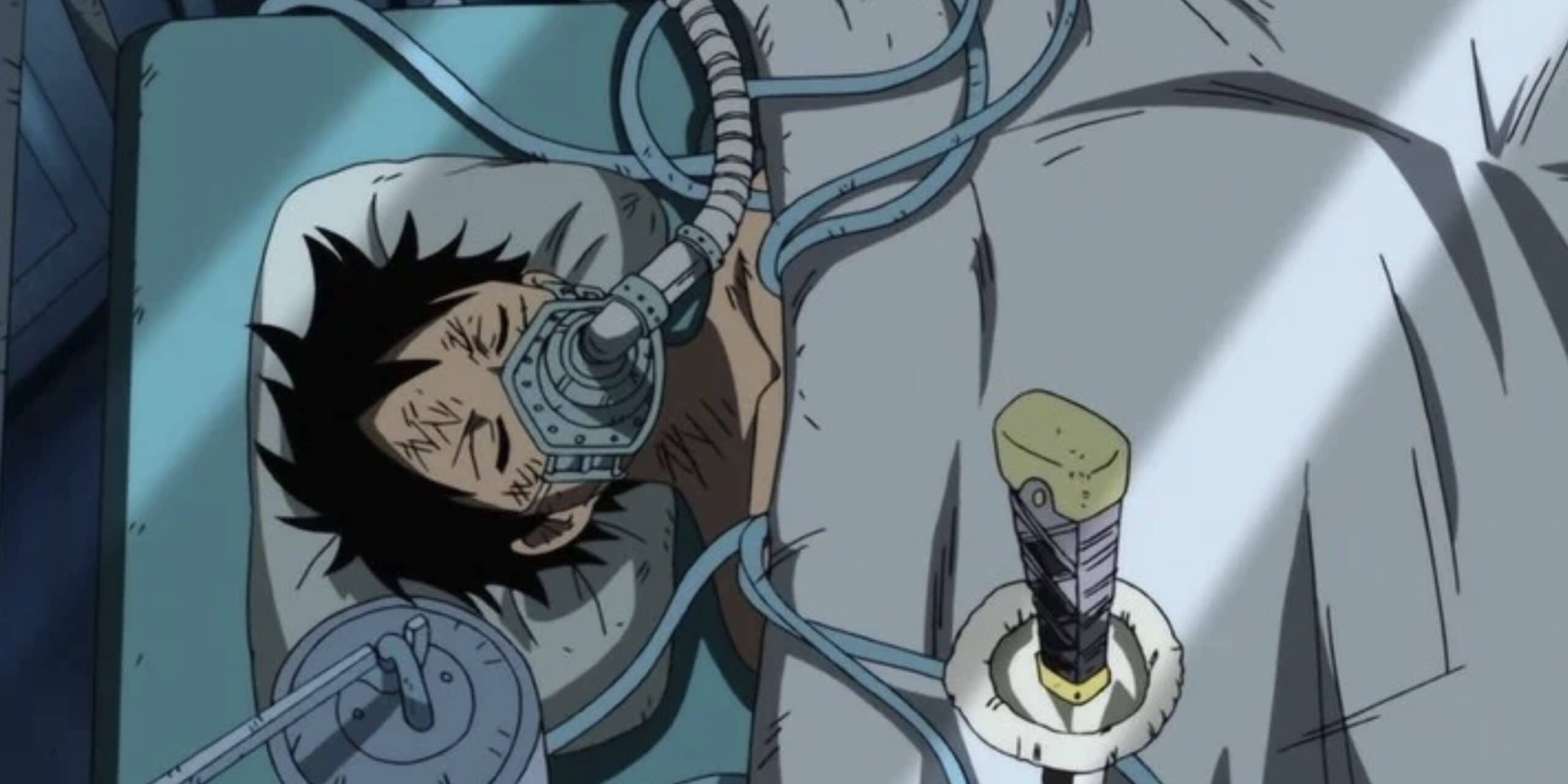
This manifested in many grittier plot arcs filled with tragic sacrifices defining Naruto’s coming-of-age journey.
An approach Rearing narrative tension yet also inviting critique for seemingly gratuitous violence from some fans preferring Oda’s celebratory flavor.
In fairness, both maestros wield literary devices purposefully towards crafting iconic peerless epics their own way.
Oda plants narrative seeds lasting years before flowering into stunning plot payoffs underlining hardship overcome by unwavering optimism.
Kishimoto explores the paradox of pursuing peace amidst endless cyclical war – played out through mortal clashes between complex antagonists and protagonists wrestling ideological differences through might and madness.
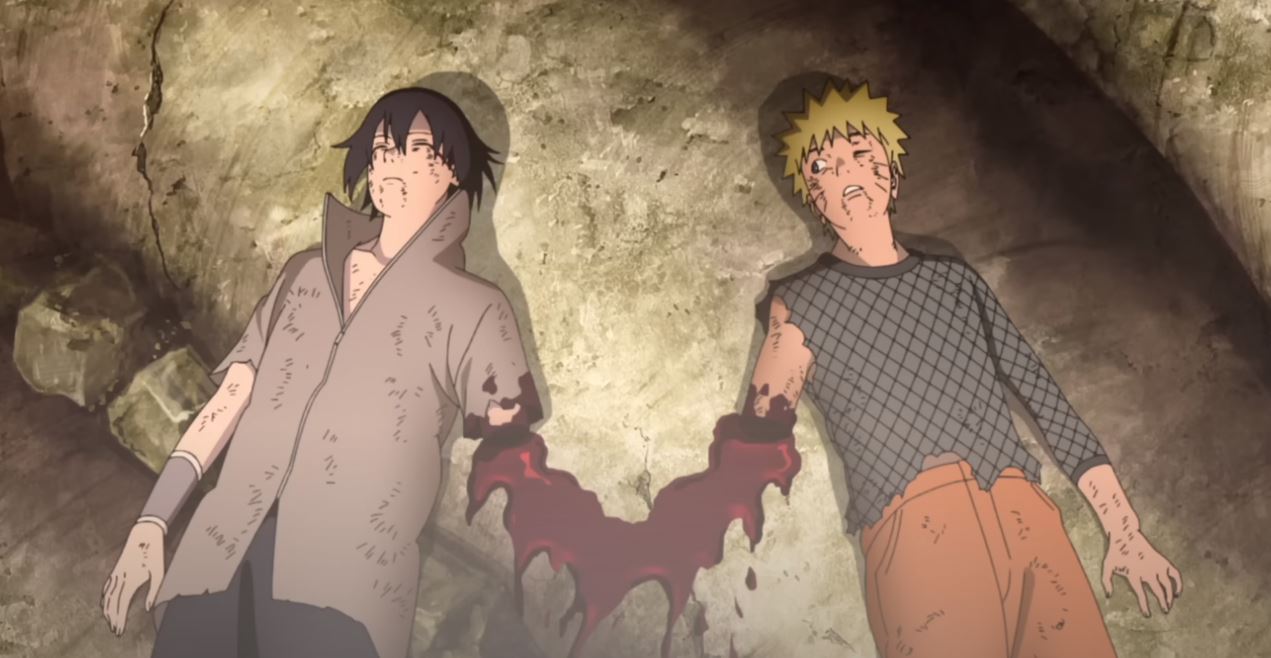
Either way, their shared devotion to storytelling vision above commercial safety or conformity continues paying creative dividends through eras.
We eagerly turn pages wondering what innovative risks or rewards may unfold next as their stories stay the course.
All while remembering even literary titans once humbly built upon foundations laid by others who came before.
Complex Realities in One Piece and Naruto
Probing deeper, One Piece reveals layered complexity belying its initial whimsical sheen.
For all the bombastic adventure and quirky characters, Oda prolifically tackles humanity’s darker halves: exploitation, discrimination, authoritarian corruption, economic/social inequality, and the banality of evil itself.
Surfacing lighthearted fare often underscores the grim realities in port towns and institutions across a fragmented world.

Conversely, heightened fatalism in Naruto rings hollow at times when exploited more for shock value than thematic resonance.
Deaths arise seemingly dictated by drama’s demands rather than following any natural progression. Kishimoto himself even subverts mortality’s finality altogether; resurrecting legions of fallen figures through contrived reanimation jutsu to fight again.
Though cathartic reunions occur, Oda argues returning deceased characters cheapens authorial commitment.
Nonetheless, both juggernauts achieve affecting catharsis on their own terms – Oda via liberated outcasts discovering affirming family and purpose amidst life’s harshest waves.
Kishimoto through embattled friends clinging to bonds of loyalty forged through traumatic losses yet ultimately overcoming the cycle of hatred.
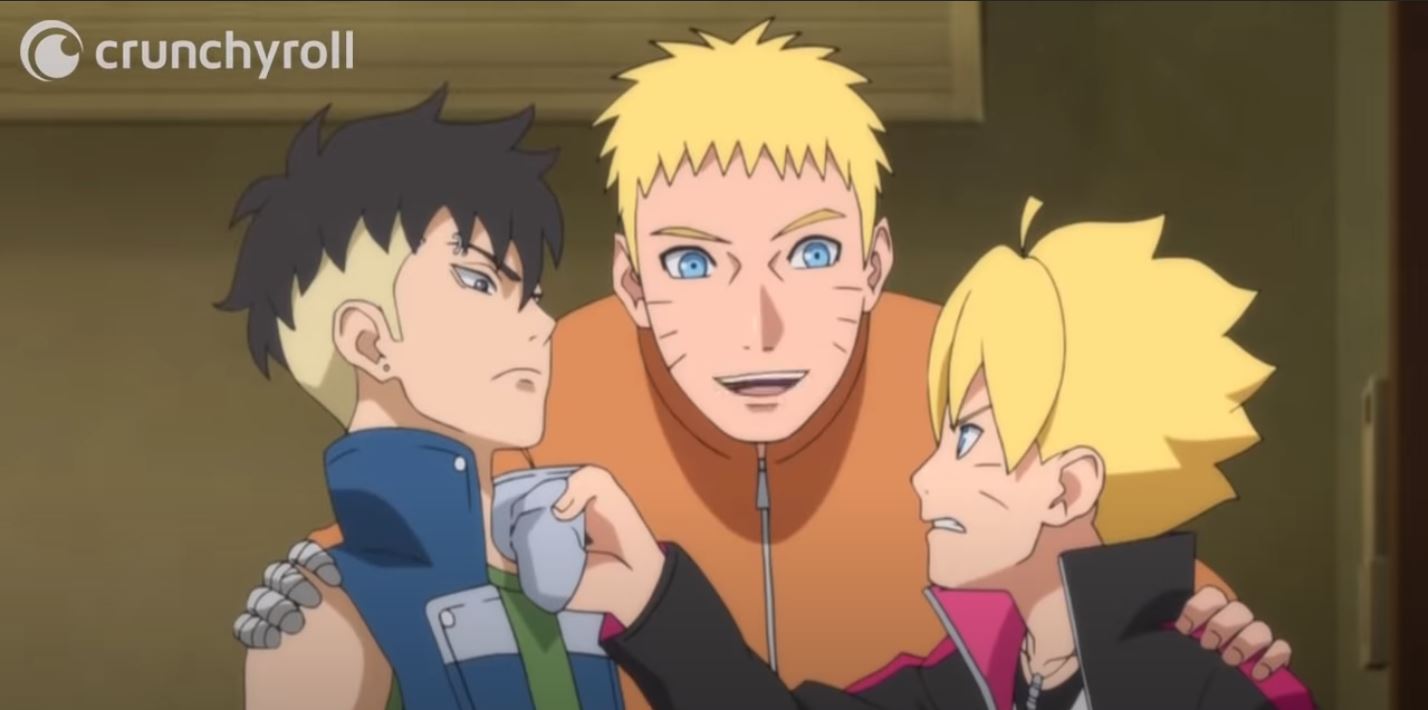
If anything, their stylistic divergence underscores the richness of imagination and spirit flooding manga’s finest manifestations.
With wand or weapon in hand, we follow protagonists struggling through adversity towards higher ideals; ever curious about what innovative magic or technique manifests in the next frame or chapter to inspire awe and hope once more.
Mortal Threads
In the end, both Kishimoto and Oda leverage character mortality judiciously to drive narratives befitting their distinct storytelling aims.
For Naruto, shinobi perish by droves in seemingly endless cycles of bloodshed – raising the dramatic stakes towards achieving lasting peace.
Death underscores the precariousness of life and the importance of comrades standing shoulder to shoulder when confronted by forces beyond any lone hero’s grappling.
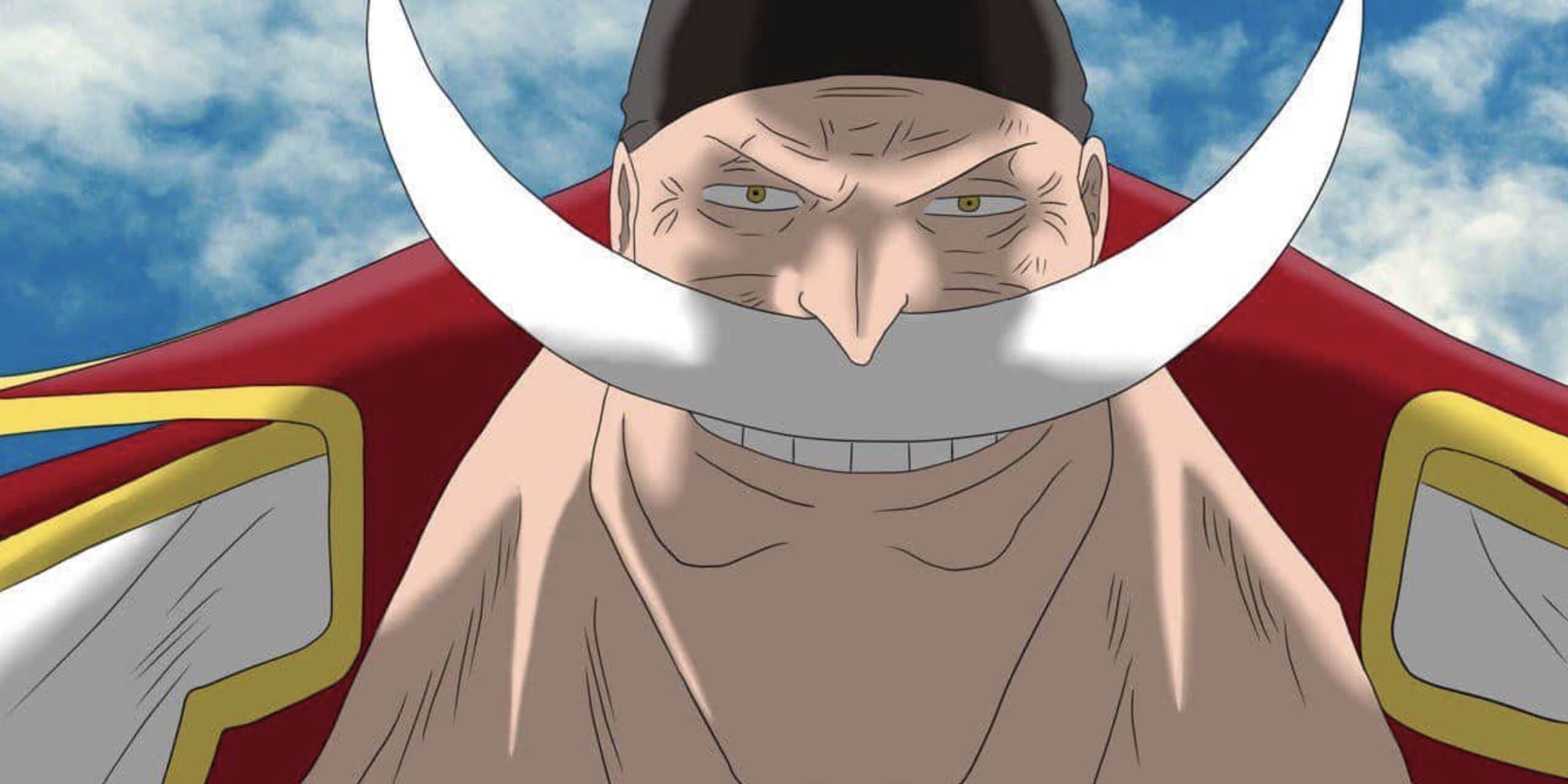
By comparison, One Piece’s selective use of impactful deaths underscores the astronomical odds Luffy’s crew overcomes together time and again.
Oda only pulls the trigger when shifting the storyline’s trajectory into unprecedented waters – such as the earth-shattering execution of a global icon ushering in the Great Pirate Era.
Rarely is mortality used flippantly, but when so – it redefines the very scope and souls at stake in the unfolding Grand Tapestry.
Both approaches spark grief and inspiration in equal measure by resonating deeply with readership demographics. Naruto speaks to youth grappling adult realities of conflict’s unflinching costs.
Meanwhile, One Piece channels childlike dreams standing resilient against crushing waves threatening to sink even the noblest hearts when destiny calls.
Either way, through tears or cheers, fans connect with the all-too-human struggles of beloved characters written into being with ink and imagination.

